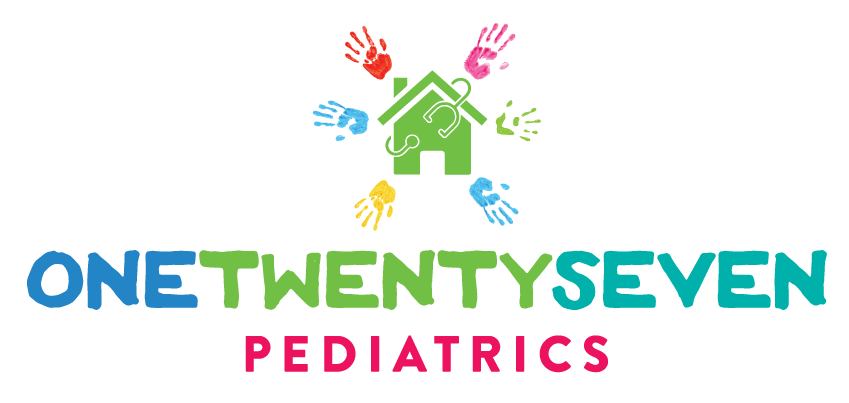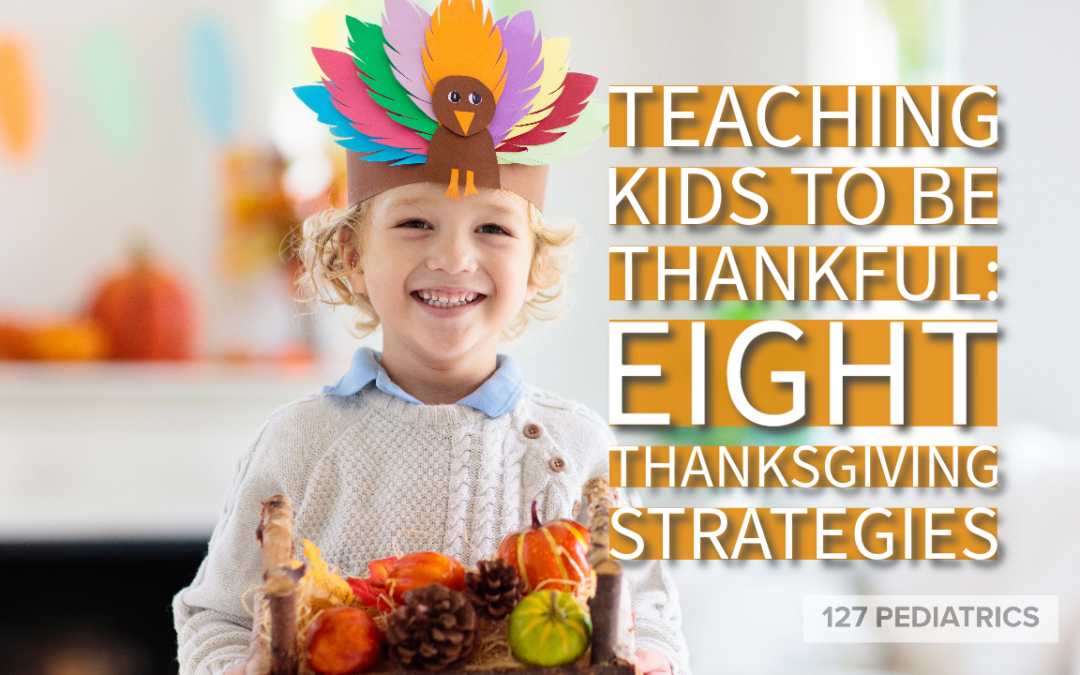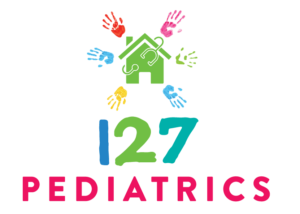As the season of Thanksgiving approaches, it’s an opportune moment to instill the value and art of gratitude in our children. This cherished holiday, with its emphasis on expressing thanks and appreciation, provides a perfect platform for teaching kids gratitude.
Gratitude is not merely a pleasant sentiment; it’s a powerful virtue that can positively shape a child’s life. By teaching gratitude, we foster kindness, empathy, and appreciation towards others. Children who cultivate gratitude develop a sense of empathy for those who have helped or supported them, leading to stronger relationships and a more compassionate worldview.
Moreover, gratitude cultivates responsibility in children. As they learn to appreciate the efforts made by others, they feel compelled to reciprocate that kindness and take ownership of their own actions. This sense of responsibility lays the foundation for ethical behavior and personal growth.
Research has also demonstrated the profound impact of gratitude on children’s mental health. By fostering an attitude of thankfulness, we help children reduce stress, promote resilience, and cultivate overall well-being. Grateful children are more likely to experience happiness, optimism, and a sense of contentment.
To effectively nurture gratitude in our children, we can incorporate simple yet meaningful activities into our Thanksgiving celebrations and extend them throughout the year:
1. The Gratitude Jar: A Treasure Trove of Positive Reminders
Gather a decorative jar and small slips of paper. Encourage your children to write down things they are grateful for, no matter how big or small. These could be family, friends, pets, favorite toys, a beautiful sunset, or even a delicious meal. Over time, the jar will become a treasure trove of positive reminders, fostering a positive mindset and appreciation for the blessings in life, helping to instill a true attitude of gratitude.
2. The Gratitude Journal: A Daily Practice of Mindfulness
Provide a notebook or journal for your children to express their gratitude daily. Encourage them to write or draw a few things they are grateful for each day, along with a brief description or explanation. This practice promotes mindfulness, self-reflection, and emotional well-being. For younger children, you can assist them in writing or drawing their reflections.
3. Creating Care Packages for Essential Workers: An Expression of Community and Giving Back
Show our appreciation for essential workers by creating care packages filled with snacks, drinks, and personal care items. This act of kindness not only expresses our gratitude but also teaches children the importance of community and giving back. Engage your children in the process of selecting items for the care packages and writing thank you notes to accompany them. You could even write cards to people, say, service workers, and deliver them as a family.
4. Sharing Gratitude with Your Children: A Powerful Reinforcer of Positive Values
Children learn by observing and emulating. Take time each day to express your gratitude to your children, acknowledging their contributions and appreciating their presence in your life. This reinforces the importance of gratitude and strengthens your bond with your children. Be specific in your expressions of gratitude, highlighting their unique qualities and actions that you appreciate.
5. Extending Gratitude Beyond Thanksgiving: A Year-Round Practice
While Thanksgiving provides an ideal time to focus on gratitude, it’s essential to nurture this virtue throughout the year. Incorporate gratitude-promoting activities into your daily routines and family traditions. Encourage your children to express gratitude for the little things, such as a sunny day, a friendly neighbor, or other comforts of life, like a delicious meal.
6. Cultivating Gratitude Through Volunteering and Service
Engage your children in volunteering opportunities in your community. Helping others through acts of service provides a firsthand experience of the impact of kindness and gratitude. Encourage them to reflect on the positive impact of their actions and the blessings in their own lives as they engage in age-appropriate chores. Charity organizations usually welcome volunteers, especially during the busy holiday season. If your children love animals, possible volunteer hours at an animal shelter could prove fun for the whole family. If the opportunity fits your family to visit nursing home residents, that could help fill a need in a meaningful way, especially around the holidays.
7. Expressing Gratitude Through Creative Expressions
Encourage your children to express their gratitude through creative outlets, such as writing, drawing, or painting. This allows them to explore their emotions and deepen their understanding of gratitude in a meaningful way.
8. Celebrating Gratitude as a Family
Establish regular family gatherings or traditions where everyone shares things they are grateful for. This creates a supportive environment for expressing gratitude and reinforces the importance of this virtue within the family unit. This can happen during the blessing before dinner if you prefer.
You Know Your Child Best
When it comes to teaching gratitude to your child, remember that there is no right or wrong way to demonstrate it. Every child is different, so it’s important to customize any activities to their unique interests and learning styles. After all, you know your child best!
Take some time to reflect on what excites your child, what they find challenging, and what they find rewarding. This will help you tailor the activities to their specific needs and preferences. For example, if your child enjoys art, you could encourage them to create a gratitude journal where they can draw or write about things they are grateful for each day.
If your child is more active and enjoys physical activities, you could suggest going on a gratitude walk together. During the walk, encourage them to notice and express gratitude for the beauty of nature, the kindness of strangers, or anything else that catches their attention.
If your child prefers a more hands-on approach, you could suggest creating a gratitude jar. Have them decorate a jar and then fill it with notes expressing their gratitude. They can add to the jar whenever they feel thankful, and they can read the notes whenever they need a boost of positivity.
Remember, the goal is to help your child learn and apply gratitude, so don’t be afraid to get creative and try different activities. By focusing on your child and their individual preferences, you can make the learning process more enjoyable and impactful for them.
Go Forth and Be Grateful
By incorporating these gratitude-promoting activities into Thanksgiving celebrations and extending them throughout the year, we can instill in our children a lifelong appreciation for the blessings they have and the positive impact they can make on the world around them. Let this Thanksgiving be a catalyst for cultivating gratitude in our children, nurturing their well-being, and fostering a more compassionate and appreciative world.
Remember, gratitude is not just a feeling; it’s a way of life. By teaching our children to be grateful, we are giving them a gift that will last a lifetime – the gift of happiness, contentment, and a sense of fulfillment that will carry them through life’s challenges and enrich their relationships with others.
As we gather around Thanksgiving tables this year, we can make it a more enjoyable holiday as we not only express our gratitude for the bounty before us but also for the opportunity to nurture this precious virtue in our children.
By teaching them to appreciate the blessings in their lives, we empower them to become beacons of gratitude, spreading kindness, compassion, and joy wherever they go.
127 Pediatrics is Here for Your Family
It is important to remember that every child is unique and will learn differently. Keeping that in mind while educating on gratitude will help to keep stress low for both you and your child(ren).
At 127 Pediatrics, we are committed to providing comprehensive care for your child, answering questions, and ensuring their optimal growth and development.
I am thankful for each of you. Thank you for being on my email list, allowing me to care for your kids and helping me to reach new families. I am humbled by the response to my practice. Thank you for helping me to step outside of the box and serve you in this way.
© 127 Pediatrics; November 2023
This article is for informational purposes only and should not be construed as medical advice.

Dr. Andrea Wadley is the owner, pediatrician, and breastfeeding medicine specialist for 127 Pediatrics. She has an established house-calls-only concierge pediatric practice in Colleyville, TX. She is also the owner and operator of the 127 Pediatrics Online Breastfeeding Medicine and Education Center.


